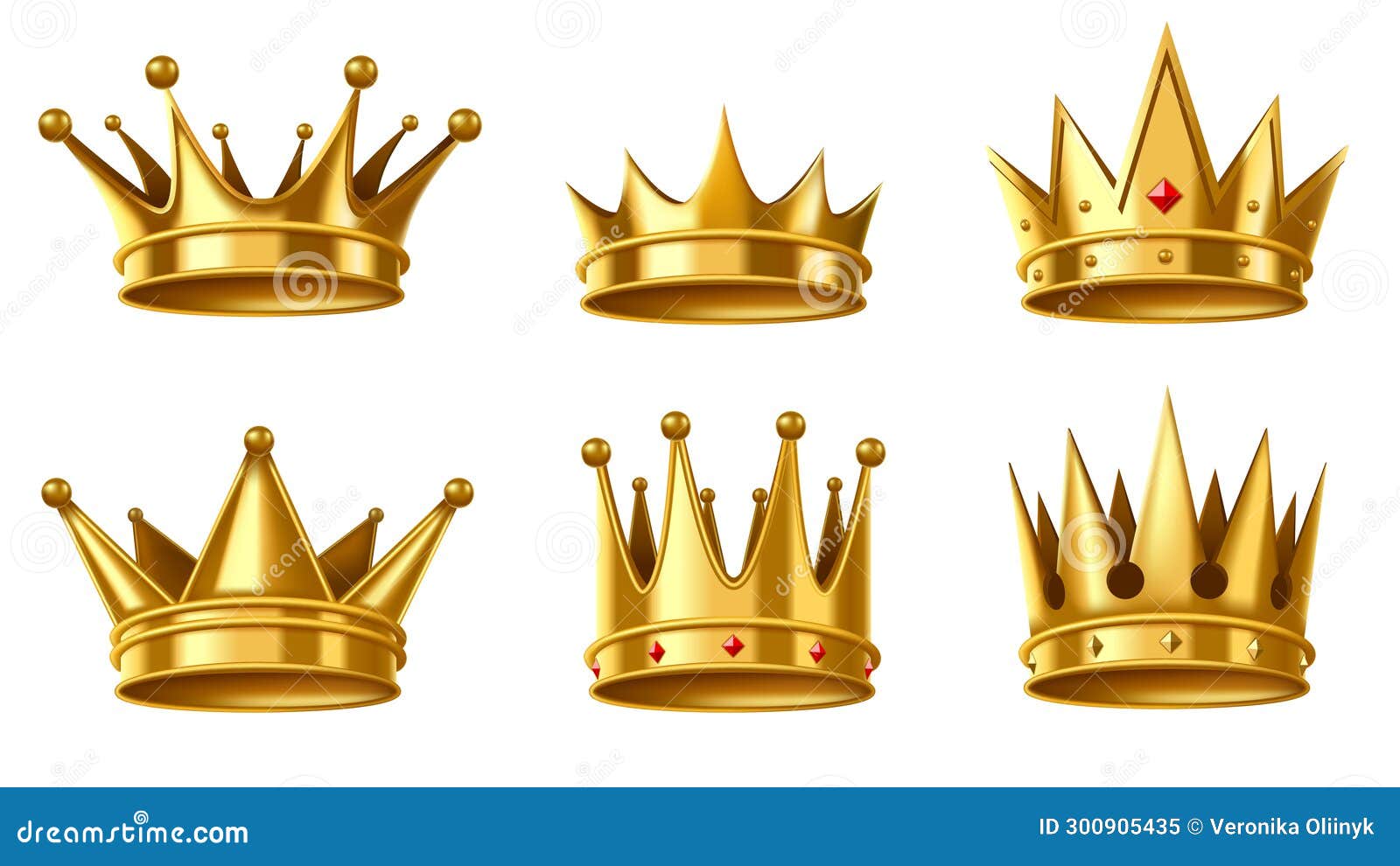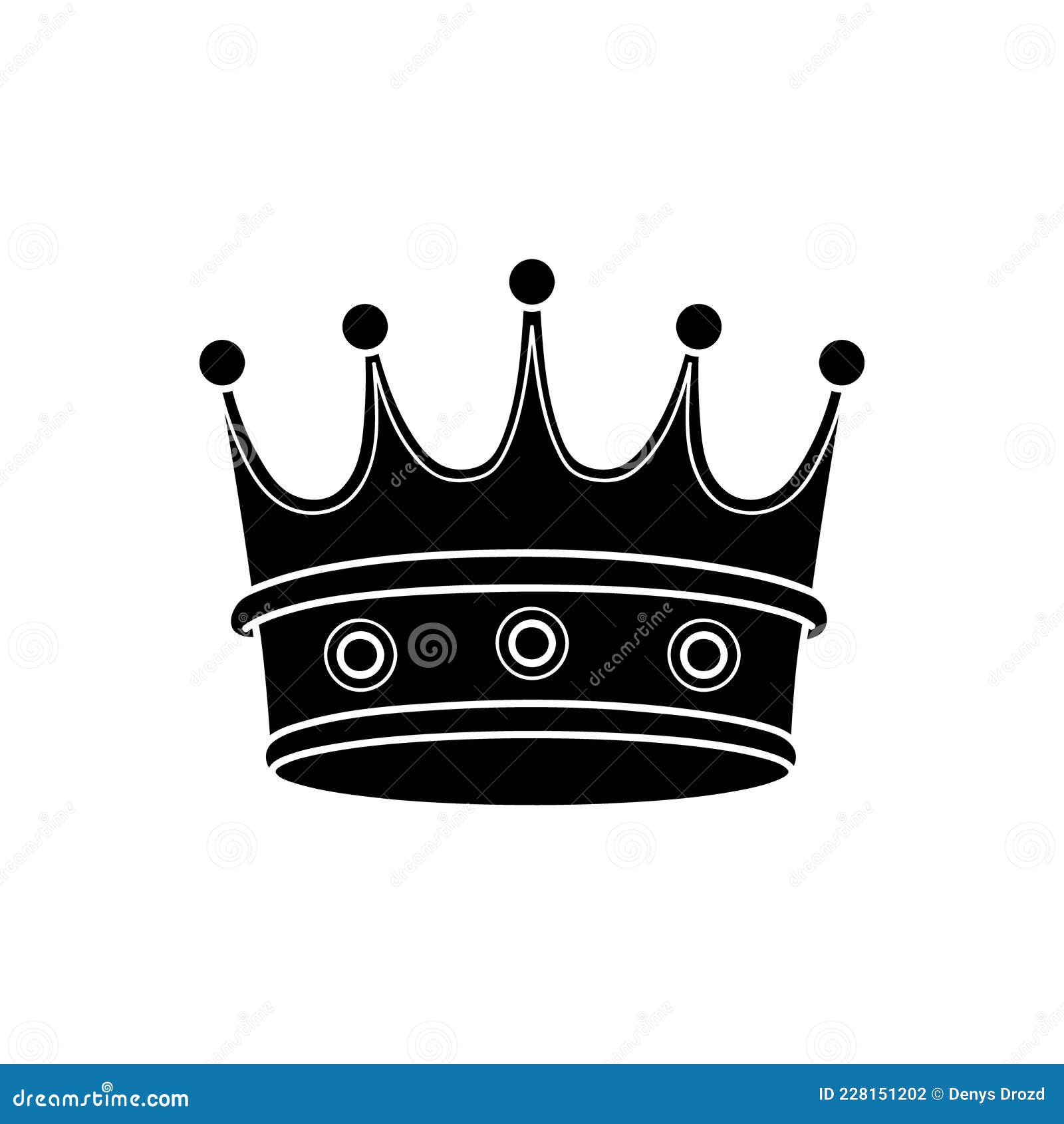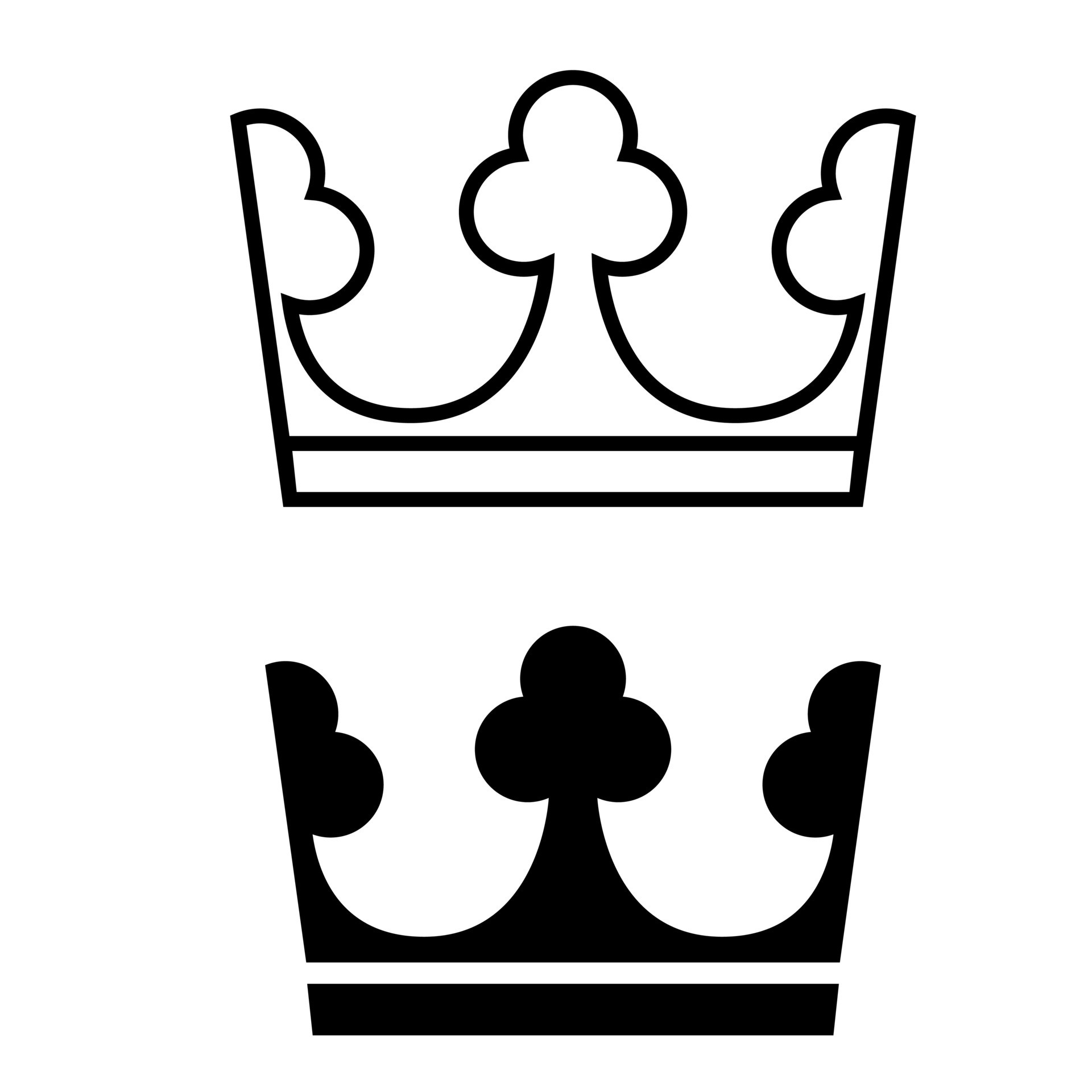Queen Elizabeth's Crown: A Symbol Of Monarchy And Power That Defines An Era
Hey there, history buffs and royal enthusiasts! Today, we're diving deep into one of the most iconic symbols of British royalty—the Queen Elizabeth's crown. It’s not just a piece of jewelry; it’s a powerful emblem of tradition, authority, and centuries of history. If you’ve ever wondered what makes this crown so special, you’re in the right place. Let’s get started, shall we and uncover the secrets behind its significance.
Now, picture this: a glittering masterpiece adorned with diamonds, rubies, and sapphires, sitting proudly atop the head of one of the longest-reigning monarchs in history. Queen Elizabeth's crown is more than just a ceremonial object; it represents the very essence of monarchy and the enduring legacy of the British royal family. In this article, we’ll explore why this crown is such a powerful symbol and how it has shaped perceptions of power across generations.
Before we jump into the nitty-gritty details, let’s set the stage. This crown isn’t just a pretty accessory—it’s a representation of centuries of tradition, craftsmanship, and symbolism. It’s a reminder of the weight of responsibility that comes with wearing it, and it’s a testament to the resilience of the monarchy. So buckle up, because we’re about to take a fascinating journey through history, culture, and power.
Read also:Fort Jackson Sc Army Basic Training Everything You Need To Know
Biography of Queen Elizabeth II: The Woman Behind the Crown
A Brief Overview of Queen Elizabeth's Life
Before we dive into the crown itself, it’s important to understand the woman who made it iconic. Queen Elizabeth II was born on April 21, 1926, in London, England. She wasn’t originally destined to become queen, but fate had other plans when her uncle, King Edward VIII, abdicated the throne. This unexpected turn of events thrust her father, King George VI, into the role of monarch, and Elizabeth into the spotlight as the heir apparent.
Here’s a quick rundown of her life milestones:
- 1947: Marries Prince Philip, Duke of Edinburgh.
- 1952: Ascends the throne at the age of 25 after the death of her father.
- 1953: Crowned in a historic ceremony at Westminster Abbey.
- 2022: Becomes the longest-serving monarch in British history.
Throughout her reign, Queen Elizabeth II remained a steadfast figure of stability and continuity, guiding the monarchy through some of the most tumultuous periods of modern history.
Key Facts About Queen Elizabeth II
| Full Name | Elizabeth Alexandra Mary |
|---|---|
| Birthdate | April 21, 1926 |
| Reign Duration | 1952–2022 (70 years) |
| Spouse | Prince Philip, Duke of Edinburgh |
| Children | Charles, Anne, Andrew, Edward |
These facts paint a picture of a woman who dedicated her entire life to service, duty, and tradition. But let’s not forget the crown that became synonymous with her reign.
Queen Elizabeth's Crown: A Masterpiece of Craftsmanship
The Making of the Crown
Queen Elizabeth's crown is a masterpiece of artistry and engineering. It was originally created for King George VI’s coronation in 1937 and later modified for Elizabeth’s coronation in 1953. The crown is crafted from gold and features four crosses pattee and four fleurs-de-lis, with arches that meet at the top. It’s adorned with 2,868 diamonds, 17 sapphires, 11 emeralds, and 269 pearls, making it one of the most valuable pieces of royal regalia.
But here’s the kicker—it’s not just about the bling. Each gemstone and design element carries deep symbolic meaning. For instance, the sapphires represent wisdom and purity, while the diamonds symbolize strength and resilience. It’s like a wearable museum of history and culture.
Read also:David Boon Son The Untold Story Of Cricket Legends Legacy
Symbolism Behind the Design
The design of Queen Elizabeth's crown is steeped in symbolism. The four crosses pattee symbolize the four corners of the earth, signifying the global reach of the British Empire. The fleurs-de-lis represent the unity of England, Scotland, and France, reflecting the historical ties between these nations. And those arches? They’re a nod to the divine right of kings, emphasizing the sacred nature of the monarch’s role.
It’s fascinating how every detail of the crown tells a story. From the choice of materials to the arrangement of the gemstones, everything has been carefully considered to convey a message of power, authority, and tradition.
The Historical Significance of Queen Elizabeth's Crown
From Coronation to State Openings
Queen Elizabeth's crown has played a central role in some of the most important events of her reign. It first appeared during her coronation in 1953, a ceremony that was broadcast to millions of people around the world. Since then, it has been worn during state openings of Parliament, royal weddings, and other significant occasions.
But here’s the thing—it’s not just a ceremonial object. It’s a tangible reminder of the monarch’s duties and responsibilities. When the queen dons the crown, she’s not just wearing a piece of jewelry; she’s embodying the ideals of leadership, justice, and fairness that the crown represents.
The Crown as a Symbol of Continuity
In a rapidly changing world, the crown serves as a symbol of continuity and tradition. It’s a reminder that while times may change, certain values remain constant. For many, the sight of Queen Elizabeth wearing her crown is a reassuring image that represents stability and order in an uncertain world.
And let’s not forget its role in preserving the monarchy’s relevance in modern times. In an era where monarchies are often questioned, the crown remains a powerful tool for maintaining public support and respect for the institution.
Queen Elizabeth's Crown in Popular Culture
From Movies to TV Shows
Queen Elizabeth's crown has also made its mark in popular culture. It’s been featured in countless movies, TV shows, and documentaries, each adding its own layer of interpretation to the crown’s significance. One of the most notable portrayals is in the Netflix series "The Crown," which explores the life and reign of Queen Elizabeth II in intricate detail.
These portrayals help to demystify the crown and make it more relatable to a wider audience. They also highlight the crown’s role as a symbol of power and authority, capturing the imagination of people around the world.
How the Crown Inspires Art and Fashion
The crown’s influence extends beyond politics and history; it also inspires art and fashion. Designers often draw inspiration from its intricate designs and luxurious materials, creating pieces that pay homage to its elegance and sophistication. It’s a testament to the crown’s enduring appeal and its ability to transcend time and culture.
Queen Elizabeth's Crown: A Reflection of Power
The Crown as a Political Symbol
At its core, Queen Elizabeth's crown is a political symbol. It represents the monarch’s authority and the legitimacy of the government. In a constitutional monarchy like the UK, the crown serves as a reminder of the balance between royal power and democratic governance. It’s a delicate dance that requires finesse and diplomacy, and the crown is a key player in this dynamic.
But power isn’t just about politics—it’s also about influence. The crown’s presence in public ceremonies and events helps to reinforce the monarchy’s relevance and importance in modern society.
The Crown and Its Global Impact
The influence of Queen Elizabeth's crown extends far beyond the borders of the UK. It’s recognized as a symbol of British culture and heritage, and it plays a role in shaping perceptions of the monarchy around the world. For many, it represents the enduring legacy of the British Empire and its impact on global history.
And let’s not forget its role in diplomacy. The crown is often used as a tool for fostering international relations, serving as a reminder of the UK’s rich history and cultural heritage.
The Future of Queen Elizabeth's Crown
What Lies Ahead for the Crown?
With the passing of Queen Elizabeth II, the crown now rests with King Charles III. But what does the future hold for this iconic symbol? Will it continue to hold the same significance in a rapidly changing world? Only time will tell.
One thing is certain—the crown will remain a powerful symbol of monarchy and power, regardless of who wears it. Its legacy will endure, inspiring future generations to appreciate the rich history and traditions it represents.
Adapting to Modern Times
As the world evolves, so too must the symbols of power and authority. The crown will need to adapt to changing times while remaining true to its roots. This balance between tradition and modernity will be key to its continued relevance in the years to come.
Conclusion: The Timeless Legacy of Queen Elizabeth's Crown
As we’ve explored in this article, Queen Elizabeth's crown is more than just a piece of jewelry—it’s a powerful symbol of monarchy, tradition, and authority. From its intricate design to its historical significance, the crown tells a story of resilience, continuity, and adaptability. It’s a testament to the enduring legacy of the British monarchy and its role in shaping modern history.
So, the next time you see a picture of the crown, take a moment to appreciate its beauty and significance. It’s not just a shiny object; it’s a piece of history that continues to inspire and captivate people around the world. And if you’ve enjoyed this article, don’t forget to share it with your friends and leave a comment below. Together, let’s keep the conversation going and celebrate the timeless legacy of Queen Elizabeth's crown!
Table of Contents
- Biography of Queen Elizabeth II
- The Making of the Crown
- Symbolism Behind the Design
- The Historical Significance of Queen Elizabeth's Crown
- Queen Elizabeth's Crown in Popular Culture
- The Crown as a Political Symbol
- The Crown and Its Global Impact
- The Future of Queen Elizabeth's Crown
- Adapting to Modern Times
- Conclusion: The Timeless Legacy of Queen Elizabeth's Crown


